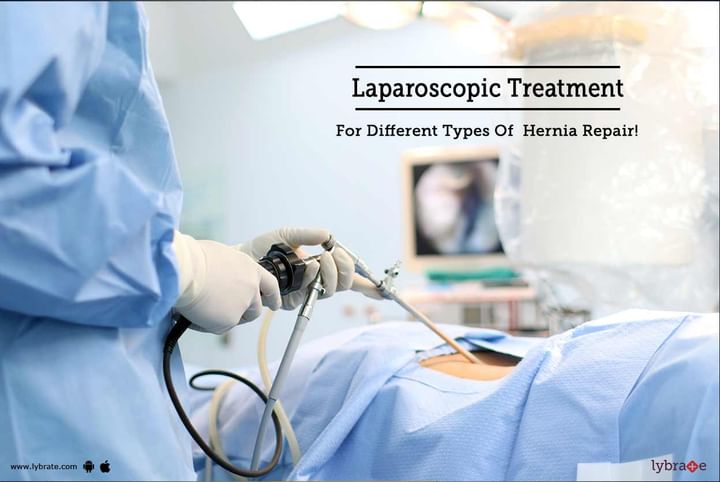Laparoscopic Treatment For Different Types Of Hernia Repair!
Laparoscopy surgery is a very vital component of the hernia repair. Studies have shown that many patients have a better outcome when they opt for laparoscopic surgery. Candidates eligible for this mode of surgery include those with bilateral inguinal hernias, ventral hernias, and recurrent hernia. People associated with athletics and other outdoor sports prefer to go for a laparoscopic hernia surgery as it ensures a speedy recovery and minimal tissue invasion (due to small incisions).
Laparoscopic hernia repair- inguinal
Laparoscopic surgery requires an incision of 1-2 cm at the belly (at the lower end). Two small punctures are done near the umbilicus. The punctures are done to make room for the cameras so that the surgeon is able to view the abdomen clearly. The smaller incisions allow the operating instrument to enter into the stomach.
The Procedure:
A balloon is placed in between the abdomen and the overlying muscle so that the peritoneum can be separated. When space is successfully made, the camera comes into the action to view the condition of a hernia. A hernia is pulled from its hole into the abdomen. Once the hole is detected, the defect of a hernia is fixed.
Laparoscopic hernia repair- incisional/ventral: Laparoscopic hernia repair is suitable for all types of a hernia such as an umbilical hernia, ventral hernia, recurrent umbilical hernia, epigastric hernia, etc. Just like an inguinal hernia, A camera is placed into the abdomen through the muscles. Two small incisions are made for the operating instruments to get through. This is followed by the cutting of the tissue that is placed between a hernia and the intestine. The hole thus gets exposed. Through one of the laparoscopic ports, the hernia mesh gets rolled and is placed into the abdomen. A hernia is then pulled up and the mesh gets secured with 4 sutures. A special device is used to fix healthy muscle.
Tension-free repair: “Tension-free” repair is often used to symbolize hernia surgery. A hernia is often triggered by the weakened muscles. Few surgeons endeavors to sew the muscle around the area of a hernia. Since the muscles surrounding the hernia are weak in the first place, they pull apart causing a recurrence of a hernia. To avoid this, most surgeons use a mesh to strengthen the cells around the hernia region. This procedure ensures that the muscles aren’t sewn but the mesh placed over the hole can prevent the muscle to push through the walls of the abdomen.
The use of mesh: There are some reservations about using the mesh in hernia surgery. However, this is the safest and most appropriate way to perform a hernia laparoscopic surgery. The use of a mesh also negates the risk of open incisions and recurrence of a hernia.



+1.svg)
